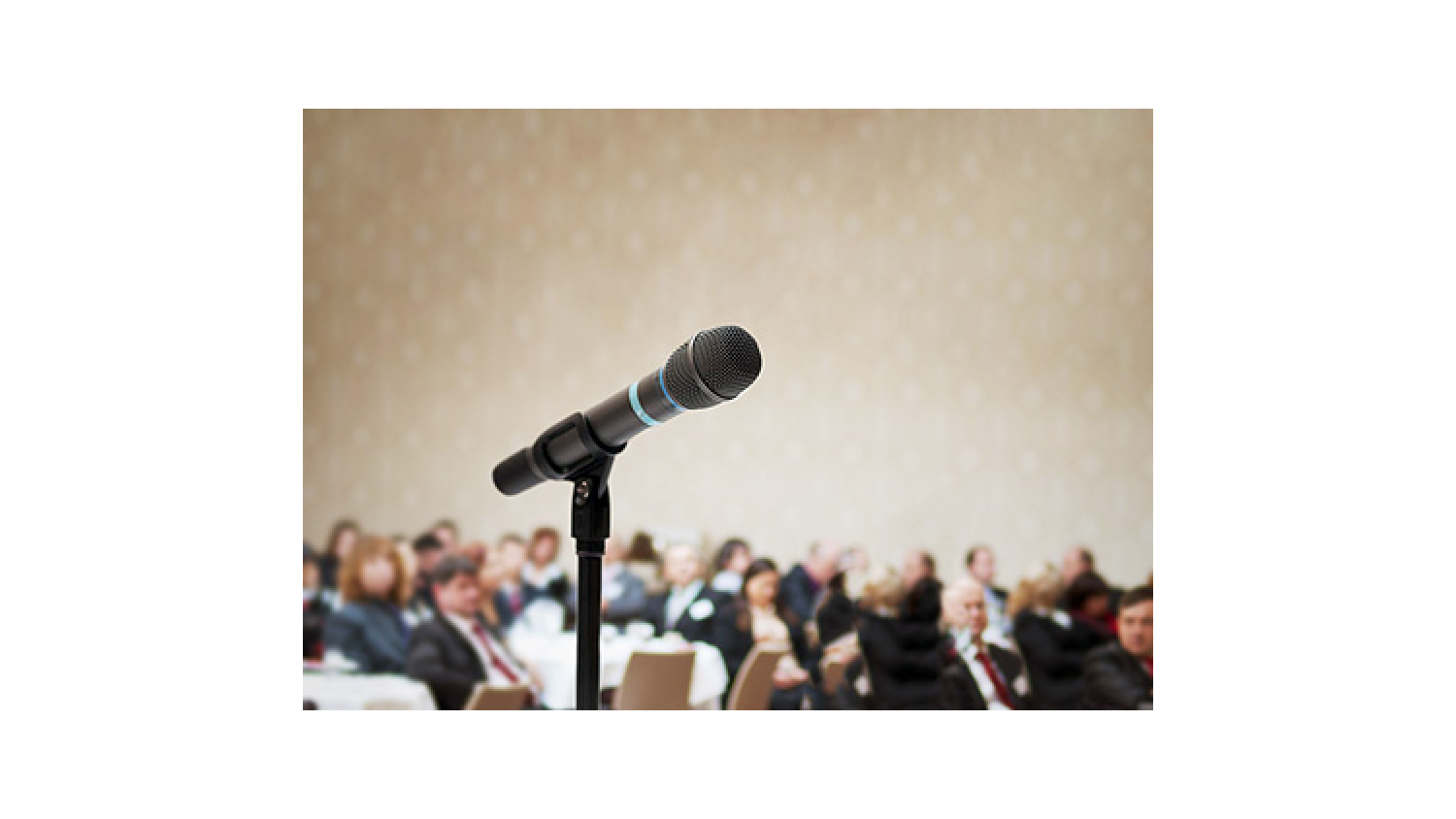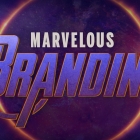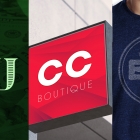7 Tips for Giving a Killer Presentation
Standing up in front of a group of people to give a presentation is a nightmare for many of us. Lots of folks would rather undergo a painful medical procedure rather than do it, but we think we can help change all that today. Adam gives lots of presentations and through his experience, he’s acquired some great tips that we think will help anyone knock the socks off an audience. With these tips, at least you know you’ll be going in with a presentation you can be proud of.
The deep breathing and relaxation techniques are up to you to figure out though…
1. Maintain your focus
Find out how long you have to do your presentation. Make an outline of what you want to say and rehearse it with a stopwatch to make sure you’re not under or over your time limit. There’s nothing worse than having dead space at the end, or no time to finish.
You should also:
- Make your pacing comfortable and focused without rambling
- Make sure your ideas follow a logical progression so that your audience isn’t lost or confused
- Make sure you leave room at the end for questions
2. Make it interesting for the listener
Research your audience thoroughly and be sure that your topic is truly of interest to them. Also, think about your tone. Should it be light and fun or more serious? Chances are, you’re doing this presentation to help people and to get them to do or understand something, so it has to inspire them. Tell compelling stories that will make your audience want to get involved or change their thinking in some way.
Since stories do so much more to establish an emotional connection than any other type of speech technique, make sure you make great use of that. Make it personal and authentic and if you can, toss a little humor in there too!
3. Know your key points without your notes
You don’t need to have your whole presentation memorized, but it’s important to have all of your most important points down so there’s no pausing to formulate thoughts. Memorizing key points and rehearsing them over and over again so you don’t even have to think about them will help you appear confident and knowledgeable even if you’re freaking out on the inside.
4. Use media only to enhance
We are huge fans of using Keynote (Apple’s way sexier answer to PowerPoint) to provide killer visuals to go along with a presentation, but we also feel that it should not be used as a crutch. Visuals, videos, and Keynote presentations should be used to help you highlight your key points or most complex ideas. They should support what you’re already saying instead of being a script to read from. (For a few tips on how to create a great slide presentation, click here!)
5. Leave them with something
Whether you choose to leave behind an outline of your presentation or a copy of your Keynote slides, make sure you give folks something to remember you by, but also make sure it reminds them of an action they should take. Whatever you choose to do, keep in mind that it’s going to represent you, so make sure it does so to great effect.
While you’re at it, create a way to gather feedback from your audience (so you can use it to improve future presentations) and get their email addresses. This audience may provide you with great feedback and also be a good list of contacts who you’ve already impressed with your kick butt presentation!
6. Be tech savvy
It’s reasonable to expect that the venue will have all the proper audio equipment you need to present, but what if something goes wrong with their equipment? Bring your own set of Bluetooth speakers in case the audio goes out; make sure you have all of your adaptors, chargers and cords with you too. You should also work out ahead of time if you’re going to be using your laptop or tablet to help you with your presentation. Practice using it a few times and even try to break it a little so you know how to fix it in case it happens while you’re speaking.
And of course, always have a printed copy of whatever you’re presenting on a screen. Things can and do go wrong, so make sure you have a contingency plan in place for any event.
7. Saying thank you is free and just plain nice
At the end of your presentation, make sure you thank the folks who invited you as well as your audience for attending. Being grateful for the opportunities you are given is a great way to make sure that more will come your way in the future!

 An agency-eye view of Marketing, Advertising, Branding, Design & Media.
An agency-eye view of Marketing, Advertising, Branding, Design & Media.




